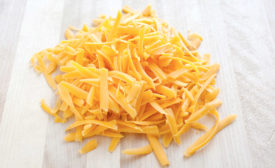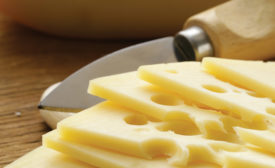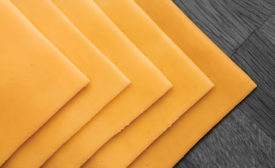Home » Keywords: » cheese ingredients
Items Tagged with 'cheese ingredients'
ARTICLES
Nelson-Jameson expands dsm-firmenich agreement
Nelson-Jameson provides fresh dairy cultures, lactase enzymes, and taste modulators.
June 14, 2023
The evolving microbiology of cheese
New technology, like next-generation sequencing, is leading the way for a new generation of cheesemaking.
October 9, 2017
How to avoid color defects in cheese
It’s important to understand the cause of visual defects that can occur with cheese and use appropriate preventative methods.
April 6, 2017
Get our new eMagazine delivered to your inbox every month.
Stay in the know on the latest dairy industry trends.
SUBSCRIBE TODAYCopyright ©2024. All Rights Reserved BNP Media.
Design, CMS, Hosting & Web Development :: ePublishing
.jpg?height=168&t=1711045885&width=275)








